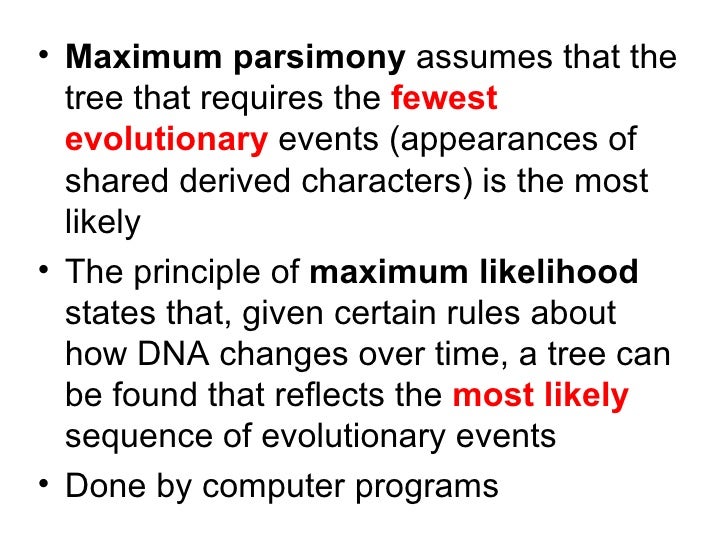

(2010), Evolution: The Extended Synthesis. (2014), “EvoDevo shapes the Extended Synthesis”. (1982), The Growth of Biological Thought: Diversity, Evolution and Inheritance. Chicago: The University of Chicago Press. The Expression of Emotions in Man and Animals. (1965), “Introduction”, in Charles Darwin. Genetic, Epigenetic, Behavioral and Symbolic Variation in the History of Life. Proceedings of the Royal Society of London, 205 1161, 581-598. (1979), “The spandrels of San Marco and the Panglossian paradigm: A critique of the adaptationism programme”. (2002), The Structure of Evolutionary Theory. Harvard: Harvard University Press.Įldredge, N. Metaphysical Foundations of the Disunity of Science. (1872), The Expression of Emotions in Man and Animals. (1868), The Variation of Animals and Plants under Domestication. (2013), Sciences as Categorical Closures. Cambridge: Cambridge University Press.īueno, G. Extended synthesis, Lamarckian inheritance, natural selection, parsimony, philosophy of biology.Īvital, E and Jablonka, E. Whatever Weismann would have wanted to conclude, I will argue that this understanding of what Weismann’s arguments entail is a mistake. While much debate has recently arisen in the domain of evolutionary developmental biology challenging the Weismann barrier principle, both the proponents of the “extended synthesis” and the Neodarwinian orthodoxy seem to coincide in that Weismann’s arguments favor NS to the virtual exclusion of any other principle regulating the transmission of traits in evolution. There has been a long-lasting agreement among historians of biology and philosophers of science alike that the work of Weismann signals that theories involving the heredity of acquired traits are flawed, as such type of inheritance is not possible in evolution.

The author considers the structure of August Weismann’s arguments for the all-sufficiency principle of natural selection (NS) to conclude that a variety of lines of reasoning can be identified in his account and that parsimony plays a different role to each. After considering different accounts of simplicity as a scientific virtue to be taken into account in science evaluation, the paper goes on to scrutinize a particular example of the principle of parsimony at work. This paper explores the use of the principle of simplicity in August Weismann’s critiques of the inheritance of acquired characters.


 0 kommentar(er)
0 kommentar(er)
